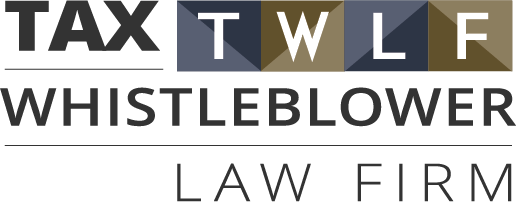How to Report IRS Scammers
/March 17, 2016 Press Release
TIGTA - 2016-07
Contact: Karen Kraushaar, Director of Communications
Karen.Kraushaar@tigta.treas.gov
(202) 622-6500
J. Russell George Urges Taxpayers to Remain Vigilant Against Scammers
Inspector General Sees Progress in TIGTA’s Efforts to Impede IRS Impersonators
WASHINGTON — Noting progress in the counteroffensive against Internal Revenue Service impersonators who make threatening telephone calls to taxpayers, the Treasury Inspector General for Tax Administration nonetheless advised taxpayers to stay on high alert through the end of the 2016 tax filing season.
“Without question, TIGTA’s efforts have impeded these criminals’ ability to victimize taxpayers over the past few months,” the Inspector General, J. Russell George, said. He noted that TIGTA’s four-part strategy to thwart callers is working. “These efforts are producing results,” he said. “Where the perpetrators used to be able to get a victim every 40-50 calls, now they must make 300-400 attempts to claim a victim,” he added.
TIGTA’s counteroffensive consists of: 1) using an autodialer to call the scammers to advise them that their activity is criminal and to cease and desist; 2) working with telephone companies to shut down the telephone numbers used to perpetrate these crimes; 3) publishing telephone numbers associated with the criminal activity on the Internet; and 4) engaging in outreach efforts with the public, the media, Congress, and other stakeholders to educate taxpayers about the scam. In January, TIGTA launched a series of Public Service Announcements on YouTube; this month, they also became available on the IRS’s YouTube channel.
“Criminals view this scam as they do many others; it is a crime of opportunity,” he said in congressional testimony March 8. “While we plan on arresting and prosecuting more individuals, the scam will not stop until people stop paying the scammers money,” he added. “Our best chance at defeating this crime is to educate people so they do not become victims in the first place. Every taxpayer we protect from this crime is a victory.”
TIGTA has received reports of more than one million contacts since October 2013 and has become aware of over 5,500 victims who have collectively paid approximately $29 million as a result of the scam in which criminals make unsolicited calls to taxpayers fraudulently claiming to be IRS officials and demanding that they send them cash via prepaid debit cards, money orders or wire transfers from their banks.
“If someone unexpectedly calls claiming to be from the IRS or in a new twist, the Treasury Department, and uses the threat of legal action if you do not pay immediately, that is a sign that it is not the IRS calling, and your cue to hang up,” he said. “Again, do not engage with these callers. If they call you, hang up the telephone.”
Inspector General George noted that the scam has hit taxpayers in every State in the country. Callers claiming to be from the IRS tell intended victims they owe taxes and must pay using a pre-paid debit card, money order or a wire transfer. The scammers threaten those who refuse to pay with being charged with a criminal violation, a grand jury indictment, immediate arrest, deportation or loss of a business or driver’s license.
Here is what you need to know. The IRS generally first contacts people by mail – not by phone – about unpaid taxes and the IRS will not ask for payment using a prepaid debit card, a money order or a wire transfer. The IRS also will not ask for a credit card number or your bank information over the phone.
If you get a call from someone claiming to be with the IRS asking for a payment, or your credit card or bank account information, here’s what to do:
- If you owe Federal taxes, or think you might owe taxes, hang up and call the IRS at 800-829-1040. IRS workers can help you with your payment questions.
- If you do not owe taxes, fill out the “IRS Impersonation scam” form on TIGTA’s website, www.tigta.gov or call TIGTA at 800-366-4484.
- You can also file a complaint with the Federal Trade Commission at www.FTC.gov. Add “IRS Telephone Scam” to the comments in your complaint.
TIGTA encourages taxpayers to be alert to phone and e-mail scams that use the IRS name. The IRS will never request personal or financial information by e-mail, text, or any social media. You should forward scam e-mails to phishing@irs.gov. Do not open any attachments or click on any links in those e-mails.
Read more about tax scams on the official IRS website at www.irs.gov.




